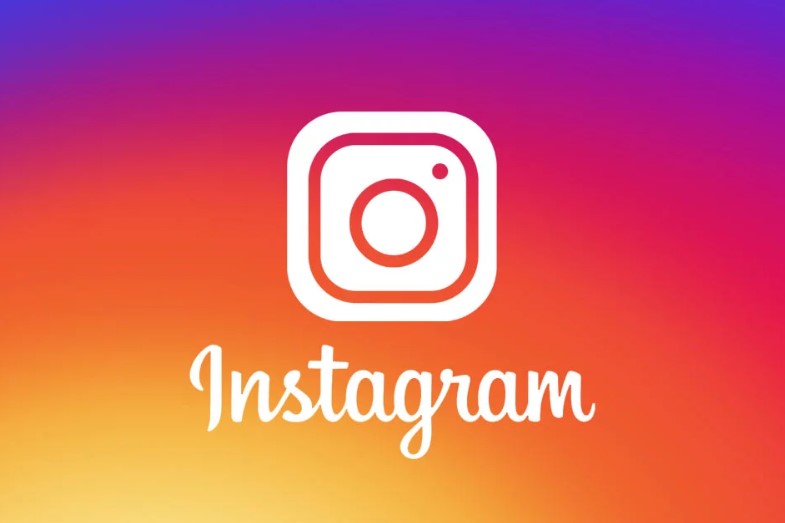Each provider has its own recovery process which typically involves answering security questions or providing alternative contact information.
If you have forgotten your password but still have access to the recovery options associated with your email account such as phone number or secondary email address provided during registration; most service providers offer a “Forgot Password” option on their login page.
By clicking on this option and following the instructions provided by the service provider, you can reset your password and regain access to your emails.
However, if you no longer have access to any of these recovery options or if someone else has gained unauthorized control over your account; then more advanced methods like using third-party software may be required for extracting emails from inaccessible accounts.
There are several reputable software tools available online that specialize in extracting data from various types of files including PST (Personal Storage Table) files commonly used by Microsoft Outlook users and MBOX (Mailbox) files used by other popular mail clients like Thunderbird and Apple Mail.
These software tools work by scanning these file formats and retrieving all accessible data including emails along with attachments if any present within them. Once extracted successfully, you can save the recovered emails to a new file or directly import them into another email client for easy access.
It is important to note that while email extraction software can be effective in recovering your emails, it is always recommended to take preventive measures such as regularly backing up your emails and keeping your account secure with strong passwords. Additionally, enabling two-factor authentication (2FA) adds an extra layer of security by requiring a verification code sent to your phone or other trusted device during login attempts.
In conclusion, losing access to your email account can be a frustrating experience. However, through the process of email extraction, you have the opportunity to recover valuable how to change windows login icon data and regain control over your communication channels.
By following the recovery options provided by service providers or utilizing third-party software tools when necessary, you can ensure that no important information is lost andWindows Wonders: Changing Your Login Icon
When it comes to personalizing your computer, Windows offers a plethora of options. From changing the wallpaper to customizing the taskbar, there are endless ways to make your device truly yours. One often overlooked feature is the ability to change your login icon – that small image that appears when you start up your computer or lock/unlock it.
The default login icon on Windows may be functional, but why settle for something generic when you can have a personalized touch? Changing this icon not only adds a dash of personality but also makes it easier to identify which account belongs to whom in multi-user systems. Choose an Image: The first step is selecting an image that represents you or reflects your interests. It could be a photo of yourself, a picture of your favorite pet, or even an abstract design that catches your eye.





